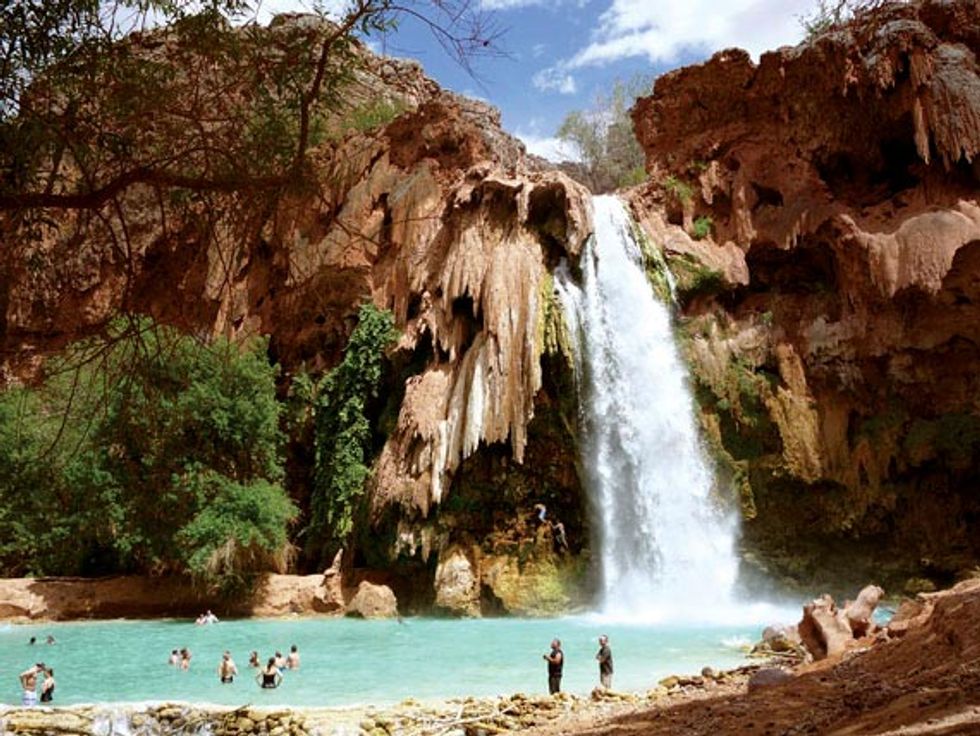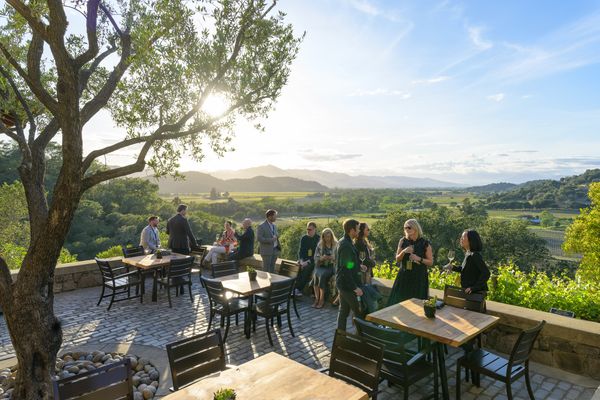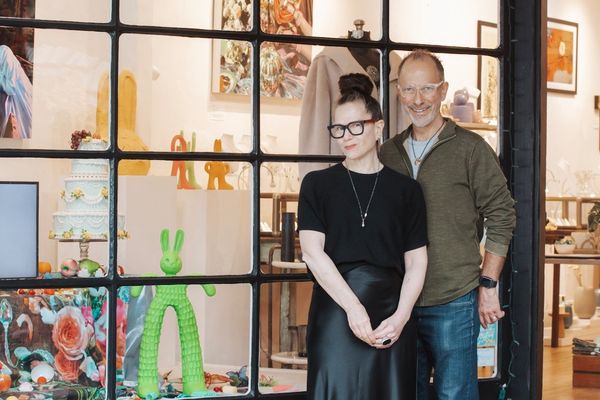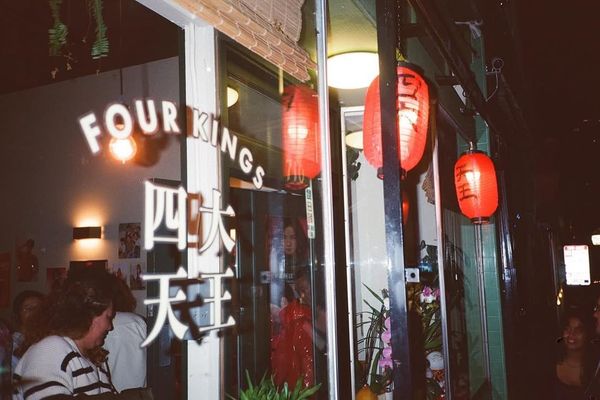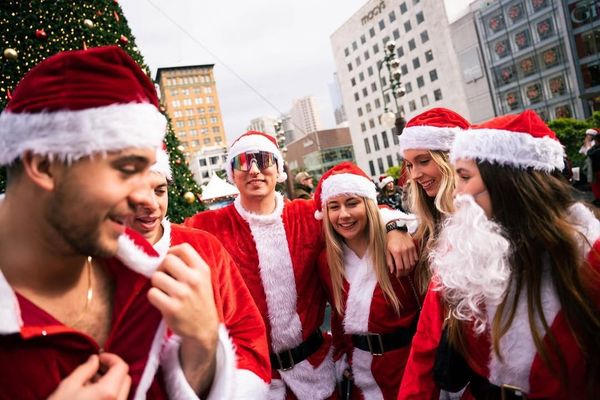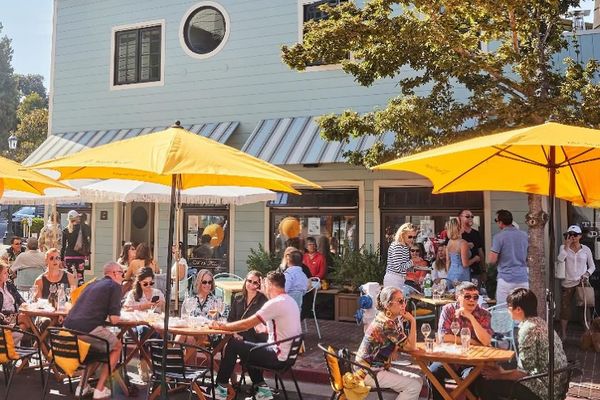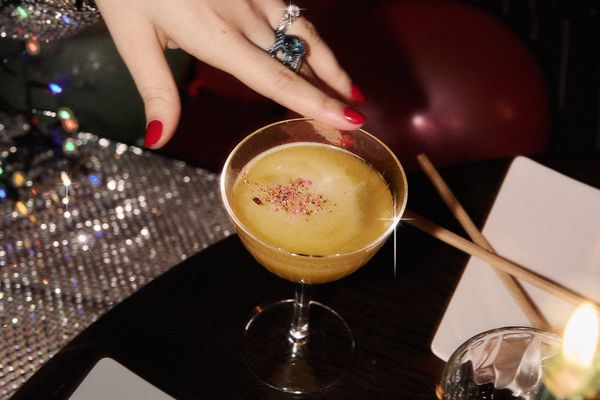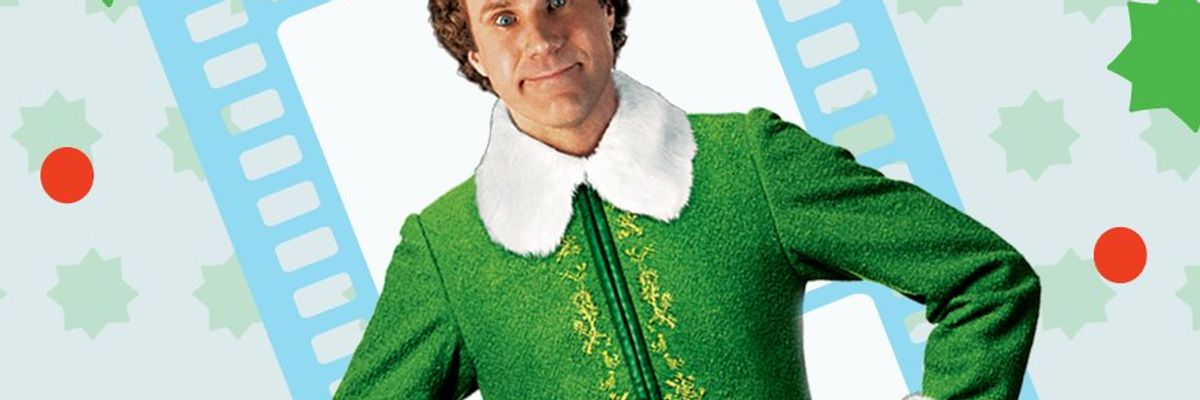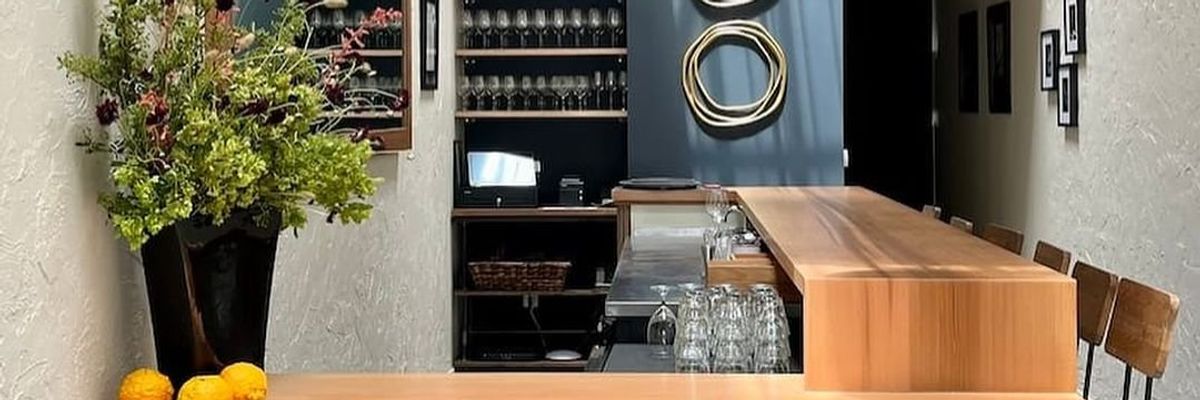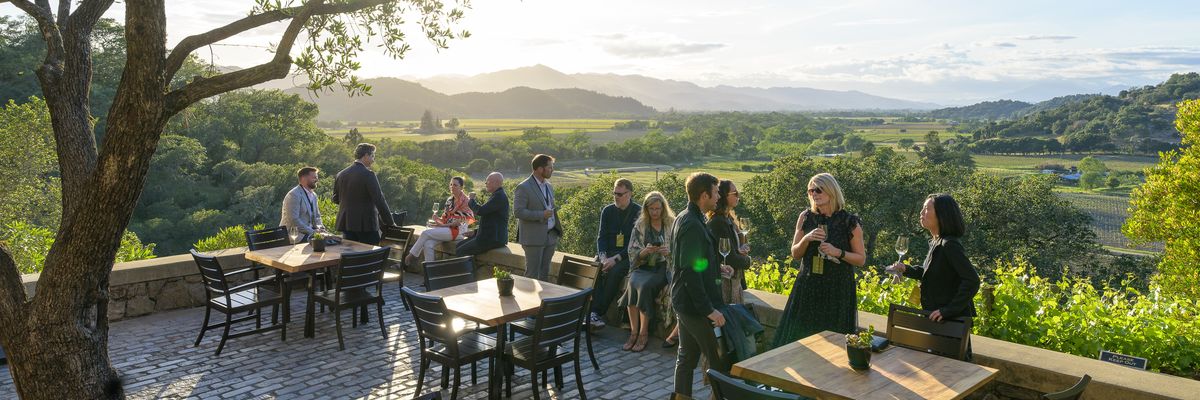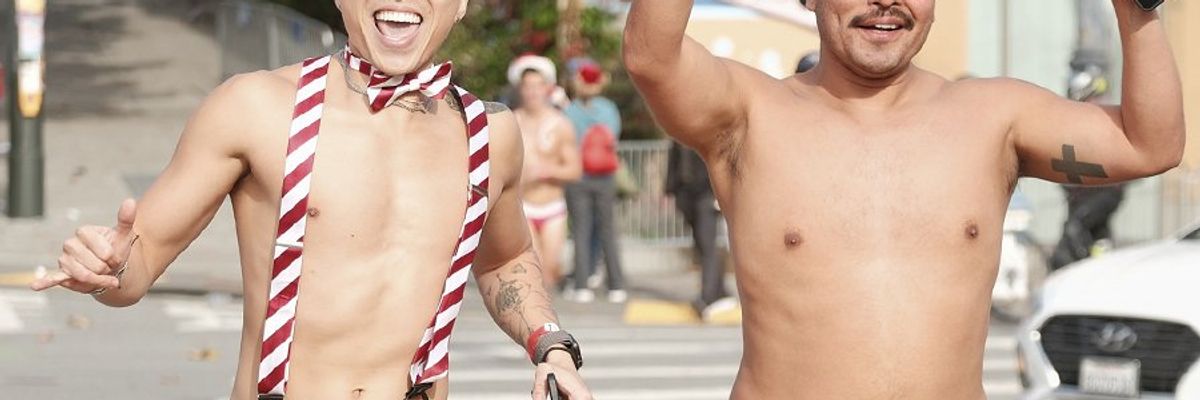Growing up, my family took a lot of road trips through Arizona, often stopping at the Grand Canyon South Rim Visitor Center to stare into the mile-deep natural wonder. Get too close to the edge and the canyon could swallow you up, my mother would warn. So we stayed a comfortable distance from where the earth dropped off into the unknown and watched as backpackers headed down the trail to the Colorado River. Jealous, I’d drift into the line of hikers before my parents would notice and call out for me to climb back into their Jeep so we could get to our destination, usually Las Vegas.
Twenty-odd years later, and I’m nine hours into another road trip, this one in a van full of San Francisco outdoorsy types—minus one web engineer who’s never camped. We cross the California-Arizona border, hit the little truck-stop town of Kingman, and turn onto Historic Route 66, where we see the first signs for the canyon, now fewer than 100 miles away. The empty road is without much civilization, save for the occasional gas station covered in vintage license plates that flap in the wind. The next signs of life are in Peach Springs and Seligman, where we stop for the night.
Route 66 divides Seligman and its 445 people down the middle. On either side are artifacts from the highway’s heyday: restored muscle cars at the curb, biker bars splashed with Americana, and 1950s neon signs fronting kitschy motels such as Canyon Lodge. For $60, the 16-room motel offers a basic night’s stay in a themed room (Hollywood, John Wayne, Marilyn Monroe), plus breakfast in the morning before you begin a multiday backpacking trip in the canyon. Freeze-dried camping food is ahead, so it’s good to carb up the night before with black bean veggie burgers and sweet potato fries at Westside Lilo’s Cafe.
With no guarantee of shade, we start the hour-long drive to the trailhead at sunrise, hoping to avoid much of the heat during the 10-mile hike. The trail begins at the Havasupai Indian Reservation’s hilltop parking lot northwest of Seligman. The Supai people have long considered themselves guardians of the Grand Canyon and live on 251,000 acres of it, just outside the national park on an isolated reservation established in 1882. Everything we’ll need for the next three nights we’ll carry on our backs down switchbacks that drop us 500 feet. Some hikers pay the tribe’s livery at the top to carry most of their supplies on horses that trot up and down the trail.
After the first mile or so, the land levels out to a more gradual decline, giving us the chance to look up to notice red rocks that cut through small passageways and the occasional cottonwood tree, where we break for shade. It’s a relatively easy hike, though the sound of Cataract Creek seven miles in is a welcome respite. The sun is high, and the air is hot by now, so we cool our feet in the water and wet our bandanas and hats. Another mile in, we come to the Supai village, where the tribe’s 600 members live and work. There’s a small school, lodge, and tourism center run by the tribe, which gets much of its revenue from hikers and visitors like us. We check in at the center and pay a $35 entrance fee plus $17 for each night we plan to stay in the campground, which is two miles farther down the trail. (Reservations fluctuate seasonally, so call in advance for availability.) Before strapping on packs again, we make a stop at the Havasupai Trading Post for some last-minute supplies: fresh fruit, playing cards, and Häagen-Dazs ice cream bars because, well, we’re hot and ready to refuel with cold, sugary calories.
Farther down the trail, we hit Emerald Falls, where we strip and climb onto the rocks behind the cascading water. Refreshed, we finally make it to camp, set in a narrow canyon bottom with a bubbling creek. In October, a major flash flood ripped through the village and campground, wiping out much of the vegetation and buildings. It was only in May that the canyon reopened to hikers. Though the grounds aren’t as lush and green as they once were, the place is peaceful and has several new composting toilets, a canopy of trees, and patches of green grass and water lilies, where frogs sing from 4 to 8 p.m. every night.
We spend the next three days exploring the surrounding waterfalls. Havasu Falls is a quarter mile back up the trail from the campground. The first thing that strikes is the aquamarine water spilling over the red rock edge. The tropical color comes from lime in the creek bed, and it also just happens to leave your skin soft and smooth. At the end of the campground is the start of Mooney Falls, a 200-foot monster that spills into a large, shallow pool good for splashing around in since the water is at its warmest here. To get to it, there’s a treacherous-looking climb to the bottom through narrow passageways, precarious ladders, and chains bolted into the rock for support. Many turn away at the sight of it, but we’re encouraged to take it on after talking to several women in their 70s who brag that they’ve done the climb four times in the past week. After Mooney Falls, we continue down a trail that crisscrosses the creek several times and takes us through thick ivy fields and past an out-of-place palm tree, coming to Beaver Falls. Within another hour, we arrive to where the creek we’ve been following flows into the wide, rushing Colorado River.
The path out of the canyon is uphill, and so many choose to take one of the Airwest Helicopters from the village to the parking lot at the top. (You can also send your pack up for $20 and hike the trail faster.) To take the $85 flight, we hike back to the Supai village before 10 a.m., when the sign-up sheet comes out. Once air-bound, it’s a 10-minute flight past rock formations that look like clawing bears and sleeping camels. From the hilltop, it’s an 11-hour drive back to San Francisco, and we’re desperate for showers and real beds. Lots of people head to Las Vegas, a little more than two hours away. But Peach Springs back on Route 66 is even closer, and here the Hualapai Lodge offers plush guestrooms, hot tubs, and a salt-water pool that lets us take in the dreamy canyon sunset from the edge one last time.



